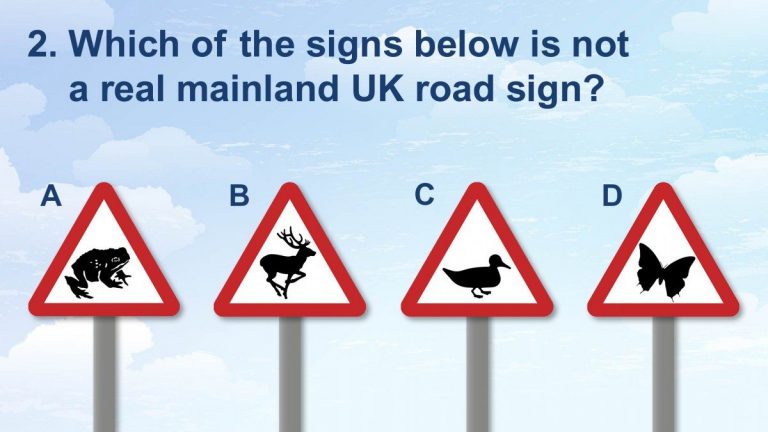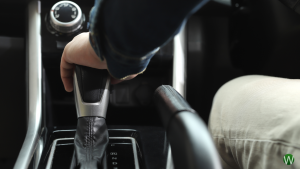Response to road markings is one of the top 10 reasons that people fail their driving test. What is the examiner looking for, and how can you make sure you don’t fall foul of them during your test?
Here we take a look at how to avoid any mistakes.
Your Response To Road Markings
During your test, you will be expected to follow the road unless you are directed otherwise. You’ll be expected to check road markings and traffic signs and act accordingly as well as obeying traffic lights and responding correctly to other road users.
The ‘response to signs/signals’ section of the test is broken down into five sections: traffic signs, road markings, traffic lights, traffic controllers and other road users.
 Traffic signs
Traffic signs
After your theory test, hopefully you have a well-rounded knowledge of what all the road signs mean, and how to react to them. This is vital as the examiner will be checking that all signs are adhered to and you don’t go over the speed limit.
You have to obey all mandatory signs and act appropriately, and also make sure all warning signs, prohibiting signs and priority signs aren’t ignored.
Road markings
Here the examiner will be checking that you respond to all lines and lane markings on the road. This includes stop and give way lines at junctions, box junctions, public transport lanes and traffic calming measures.
Failures would include acts like driving in bus lanes, not stopping at a stop marking and stopping in “keep clear” zones. Your eyes should always be on the road and following the directions you’ve been given.
Traffic lights
Traffic lights are generally straightforward and everyone knows how they should act in this respect.
However, it is best to be cautious when it comes to traffic lights, as you don’t want to be in a situation where you are approaching an amber light at speed and are caught out when it turns to red.
Traffic controllers
Traffic controllers are rarer, but that also means that you should be well prepared if you need to act. These are such measures as signals given by police officers and stop/go signs in roadwork areas.
It’s important in these situations to clearly check the signals you have been given, and be aware of your surroundings.
Other road users
This section is in regards to responding to the traffic signals given by other drivers. One thing that can catch people are out is when they are flashed by other drivers.
This technically should only be given as a warning but is commonly used as a signal to let other drivers go.
Caution needs to be taken to make any manoeuvre safely, and it’s best to let another driver start to move before trusting their signal.
The common traits required throughout your test are patience and caution when it comes to signals and signs.
It’s vital that you are fully aware of what each one means and how you should respond so that in your test you can take the appropriate action.






